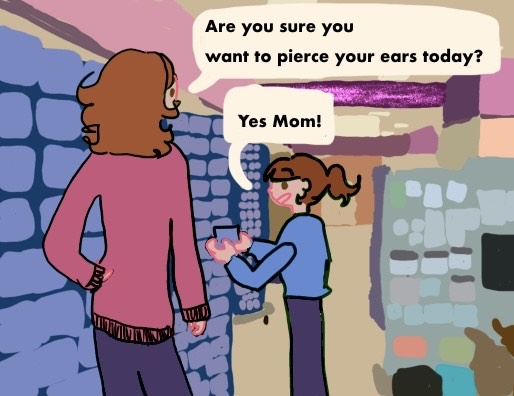OPINION: Addressing Affirmative Action
Controversy surrounding affirmative actions leads to two cases for the supreme court.
During the height of the civil rights movement, one of the many issues that was addressed was a lack of diversity in the workplace and the mistreatment of people of color and women in it. The process of affirmative action, as we know it today, was formed to combat this issue.
The term affirmative action originates from President John F. Kennedy’s executive order 10925 where he instructed federal contractors “take affirmative action to ensure that… applicants are treated during employment without regard to their race, creed, color, religion, sex, or national origin.” This idea was expanded to include employers who weren’t under government contract when the Civil Rights Act of 1964 passed a few years later.
In 1965, President Lyndon B. Johnson issued executive order 11246 which required government contractors and subcontractors to expand job opportunities for minorities and document what actions they were taking to do so.
Eventually, the idea of affirmative action made its way into higher education and has now been used in the admissions processes of colleges and universities for decades.
Since 1961, there have been many different executive orders, bills, and court cases which expanded and limited the parameters of affirmative action. The main issue addressed in all of these instances is whether or not affirmative action being used in certain processes is fair because people argue that it gives marginalized groups an unfair advantage. This argument has come up more recently in the college admissions process with people who aren’t generally favored by affirmative action protesting against the use of it.
There are two court cases the Supreme Court is currently deciding on that will dictate the future of affirmative action in the college admissions process: Students for Fair Admissions vs Harvard and Students for Fair Admissions vs University of North Carolina. If the court determines that the use of affirmative action is unfair and rules in favor of Students for Fair Admissions, colleges will no longer be allowed to ask about a student’s race during the application process.
However, one thing that should be considered in this ruling is the fact that prior to affirmative action, marginalized groups were at a complete disadvantage when applying to elite institutions. Despite all the progress that the United States has made in terms of equity, marginalized groups are still underrepresented in most occupations and institutions.
Of course, it is hard to imagine today that a college would simply not allow a student to attend because they are a person of color. Regardless of how unlikely it is for something like that to happen, there are still difficulties that marginalized students face when it comes to going to college, mainly surrounding their high school education and where they grew up.
In the United States, funding for the public school system is dependent on property taxes. This means that when an area’s property value is higher, the school district for that area has more funding. So, even though a K-12 education is free for everyone, it doesn’t look the same for everyone.
This would seem like it’s just an issue of wealth and class but there’s always more to it than that. To truly understand why students of color are at such a disadvantage, one has to have a slight understanding of the intersection of race and class, an issue that dates back to before integration.
Before the civil rights movement in the 60’s, people of color were cordoned off into poorer areas and separated from White Americans. Even after segregation became illegal, the metaphorical lines that were previously drawn in the sand never fully disappeared.
The effects of segregation are still present in society today; a simple look at Omaha, or any of the other bigger American cities is evidence of this.
So, if the Supreme Court decides that race based affirmative action cannot be used in the college administration process, there’s a chance that students of color will not have as many opportunities as their white counterparts and it will be back to ground zero for them.






